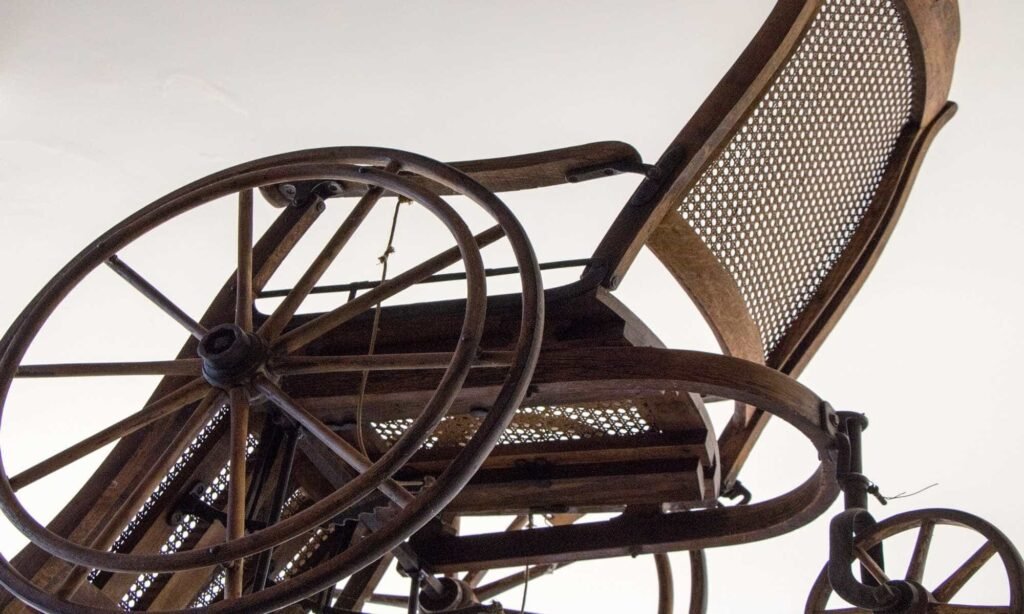We invite potential partner companies worldwide to respond to our RFQs and RFPs, showcasing their expertise and capabilities in delivering exceptional results for global business projects. Whether you excel in pioneering sustainable initiatives, driving innovation, or crafting tailored solutions, this is your opportunity to collaborate on impactful ventures.
From cutting-edge projects like enabling a start-up in Switzerland to retail CO₂ compensation in a growing carbon credits B2C market to partnering on groundbreaking (E-)Motion Elements Projects such as “Wheelchairs 2.0” for enhanced mobility, we are on the lookout for reliable and professional partnerships across diverse domains.
Your vision and expertise could shape the future of these and many more ambitious endeavors. Join us in creating successful partnerships by presenting your unique strengths, innovative approaches, and readiness to deliver outstanding outcomes. Let’s work together to turn bold ideas into meaningful reality.
Wheelchairs 2.0
Have you ever wondered why, for example, wheelchairs look quite conservative in design while some cars, household appliances and other every-day-use devices can be a delight for your eyes? Well, it doesn’t have to be that way. Wheelchairs have a fascinating history, evolving from ancient rudimentary contraptions to the modern, user-friendly designs we see today. Wheelchairs transitioned from being clunky to functional:
- Early Wheelchairs:
- The concept of wheeled devices to assist people with mobility challenges dates back thousands of years. Archaeological evidence suggests that ancient civilizations, including the Greeks around the 5th century BCE, used rudimentary wheelchairs.
- Early wheelchairs were mainly used by wealthy individuals with servants to push them. These wicker-and-wood chairs were cumbersome, heavy, and more like indoor furniture than practical outdoor assistive devices.
- Stephan Farffler’s Invention:
- In 1655, Stephan Farffler, a clockmaker who lost the use of his legs in a childhood accident, created the first self-propelled wheelchair. His invention resembled a modern recumbent bike, using a hand crank for propulsion.
- Although Farffler’s design was a forerunner of the tricycle, it hinted at the potential of self-powered, wheeled devices.
- John Joseph Merlin’s Influence:
- Belgian impresario John Joseph Merlin designed a “gouty chair” that relied on gears and cranks for propulsion. His design became popular, and wheelchairs were called “Merlin chairs” for over a century.
- However, these early wheelchairs were still challenging to produce, heavy, and ineffective outdoors.
- Revolution in Mobility:
- The 19th century saw innovative wheelchair designs that allowed individuals to regain independence and mobility. European influences led to widespread adoption of wheelchair technology across different countries.
- Over time, advancements in materials, engineering, and ergonomics transformed wheelchairs into more user-friendly and functional devices.
- Modern Wheelchairs:
- Today’s wheelchairs are designed with user needs in mind. They prioritize functionality, comfort, and ease of use.
- While some traditional designs persist, there’s a growing movement advocating for modern and stylish wheelchair designs, recognizing that day-to-day life for wheelchair users revolves around their chairs.
In summary, wheelchairs have come a long way – from ancient wooden chairs to sophisticated mobility aids that empower millions of people worldwide. The focus now is on striking a balance between functionality and aesthetics, ensuring that wheelchairs meet both practical and personal needs.
Proposal
This Swiss start-up may share similar values and goals and believes that a partnership could be mutually beneficial. Here’s what they state for their project Motion Elements:
- Complementary Strengths: Our expertise in knowing the Swiss / European markets aligns perfectly with your company’s strengths. Together, we can create synergies that drive growth and innovation.
- Market Expansion: By joining forces, we can tap into new markets and reach a broader audience. Your established customer / supploer base and our unique offerings can open exciting opportunities.
- Collaborative Projects: Imagine the impact of collaborative projects! Whether it’s joint product development, co-marketing campaigns, or shared resources, our partnership can yield remarkable results.
- Shared Vision: Our shared vision of providing innovative wheelchairs striking a balance between functionality and aesthetics makes this partnership even more compelling.
The proposal is that you would explore this opportunity further. They would love to learn more about your company’s goals and explore how you could complement each other. Thank you for considering this invitation, and they look forward to the possibility of working together.
Contact
Seeking partners for a start-up in Switzerland for their intention of providing innovative Wheelchairs 2.0 -> You are cordially invited to submit your best proposal.
Neiter ericroth.org nor its website operators or any of its affiliates shall be responsible for any costs associated with a supplier’s preparation and submission of a quotation, regardless of the outcome or the manner of conducting the selection process.




























